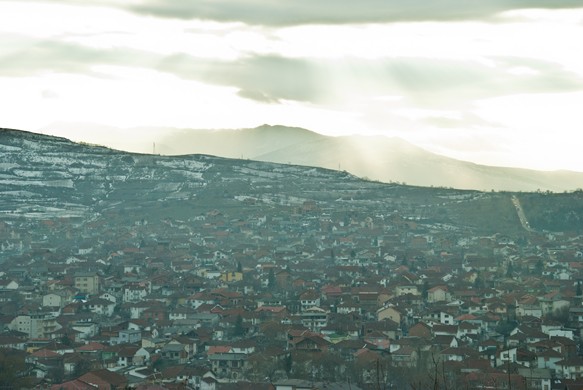Zastava 750, 322-centimeter miracle on wheels, the legend of yugoslavian roads, or just "Fića". The license version of the vehicle Fiat 600D (seicento), called “ladybird”, was in production from 1955 to 1985 in Yugoslavian factory Zavodi Crvena Zastava (Red Banner Factories) in Kragujevac (today Serbia). Real rarity amongst vintage-cars collectors, the hero of many yugo movies and the object of interests of moto fans and not only.
Zastava 750, commonly known as "Fića" (Фићa) or "Fićo" (Фићo) in Serbian, Croatian and Bosnian, "Fičo" and "Fičko" in Slovenia, and "Fikjo" (Фиќо) in Macedonian.
Starting from 60’s last century, "Fića" became very popular not only in the Balkans but also in Spain, released as SEAT 600 and in Argentina, where was called – Fitito.
The maximum speed of the vehicle, depending on the version, oscillate between 95 – 105 km/h (at least you can try to do this without damaging the engine). “Fikjo” gained popularity especially in the last years of production, because of low level of fuel consumption and very cheap price on the second hand market. Zastava 750 became the symbol of yugo-nostalgia and the legend of Yugoslavian motorization.
When in the beginning of 90’s the war on the Balkans broke, the factory of Zastava switched over to weapon production, and the license of the 750 model was sold to Turkey, where has been produced for few years more.
.jpg)
.jpg)
.jpg)
.jpg)
.jpg)
.jpg)
.jpg)
.jpg)
.jpg)
.jpg)
.jpg)
.jpg)
.jpg)
.jpg)
.jpg)
.jpg)
.jpg)
.jpg)
.jpg)
.jpg)
.jpg)



